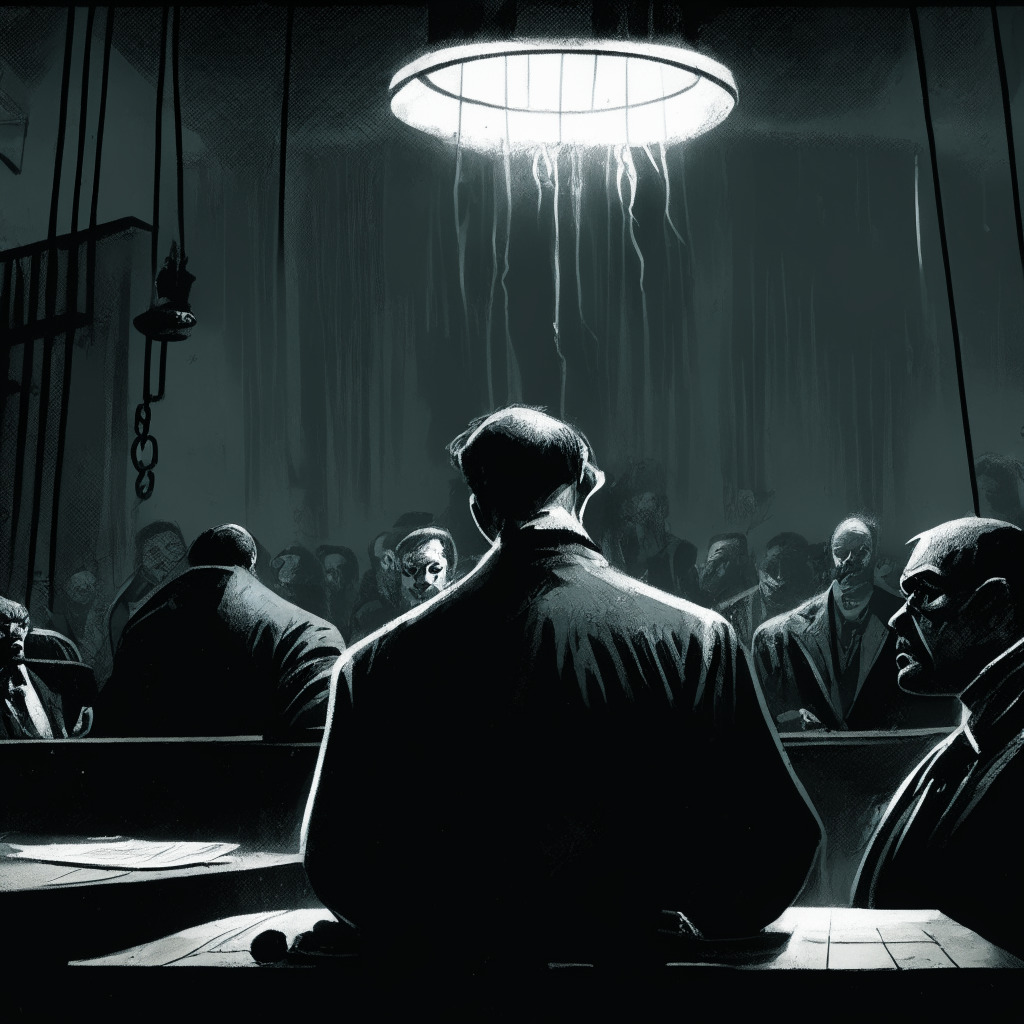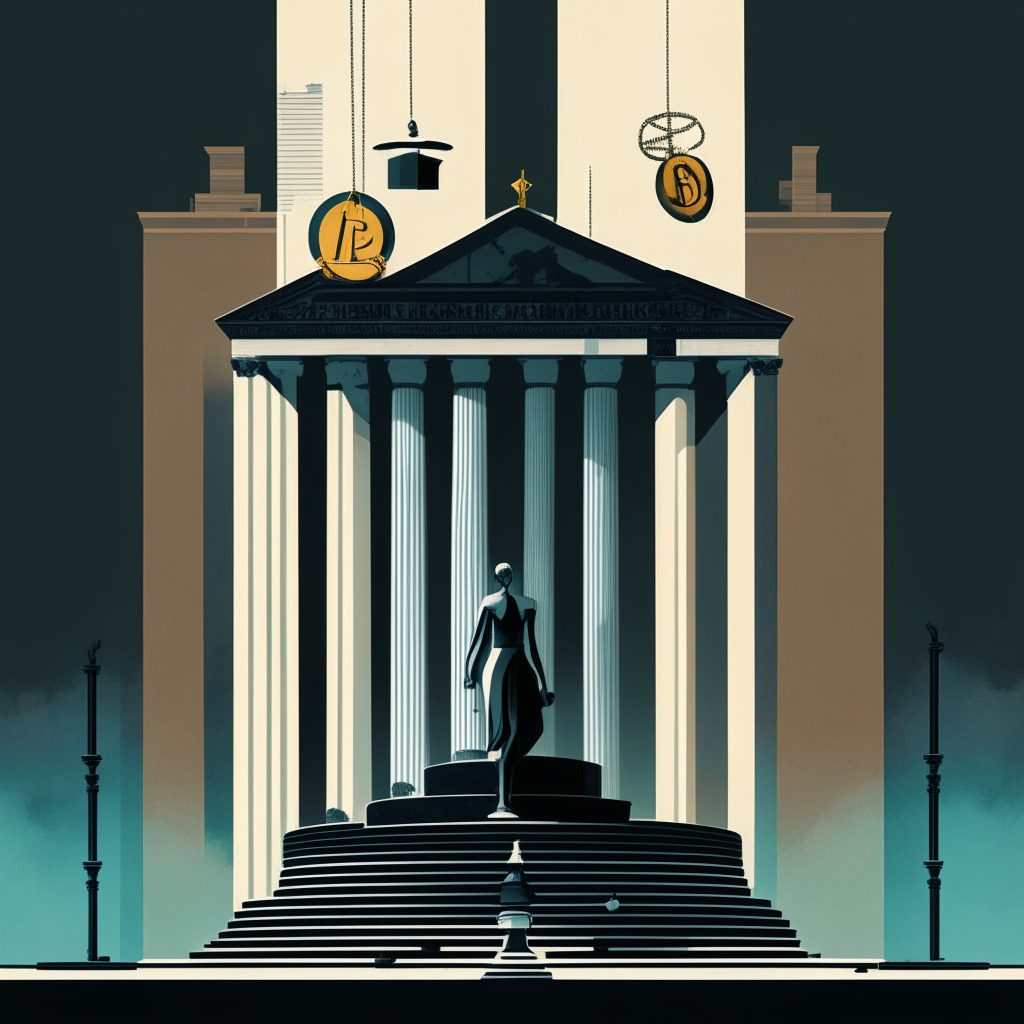The tale of the bankrupt cryptocurrency exchange FTX continues with new developments regarding its impending reorganization. Following a Chapter 11 filing in November, the officially bankrupt platform, administered by the now-infamous John J. Ray III, faces a new storm surrounding its reorganization strategy.
The exchange’s administrators submitted a response to the proposed reorganization plans, criticizing the Official Committee of Unsecured Creditors (The Committee). They expressed considerable disappointment at an alleged lack of engagement from FTX, with the Committee stating there has been no direct communication or meeting to discuss these draft plans.
Dissenting voices start after FTX’s proposed “reboot” plan, giving claimants an option to hold equity securities, tokens, or interests in a new offshore company. This suggestion came immediately after unveiling the bankruptcy exit plan. However, the Committee appeared less than pleased, stating that the Debtors chose to publicize their strategy, leaning heavily on implications.
Furthermore, the former CEO and founder, Sam Bankman-Fried, is set to face a variety of sanctions in a criminal trial commencing on October 2. For someone responsible for a platform that held significant digital assets, a potential life sentence could be on the cards.
This saga offers two distinct narratives. Is FTX genuinely frustrated with uncooperative Committee members, as indicated in their response? Or, is this a deflection of the Committee’s assertion that the debtors have deliberately chosen to make their approach public while seemingly failing to communicate or engage directly?
FTX’s debtors argue they believe the Committee members, who are mostly traders and market makers, might be more inclined to “gamble estate assets on higher returns.” They also assert that the Committee has been restricting asset sales, which delays token monetization, adversely affecting essential liquidity.
These factors certainly paint a picture of creditors possibly taking a reckless role. Yet, the debtor’s statement that they are disapproving of such an approach signals a fundamental difference in strategy, sketching a tug of war over control of the liquid assets.
It is clear this situation involves far more than just the billions of dollars of liquid assets at stake. At its core, it’s about the future of FTX, the role creditors will play, and the very nature of how bankruptcy should be handled in the chaotic landscape of cryptocurrency markets. This situation sets a precedent for the industry, showcasing how emerging technologies and financial systems respond to traditional problems, such as bankruptcy, in uncharted territories.
Source: Cryptonews




